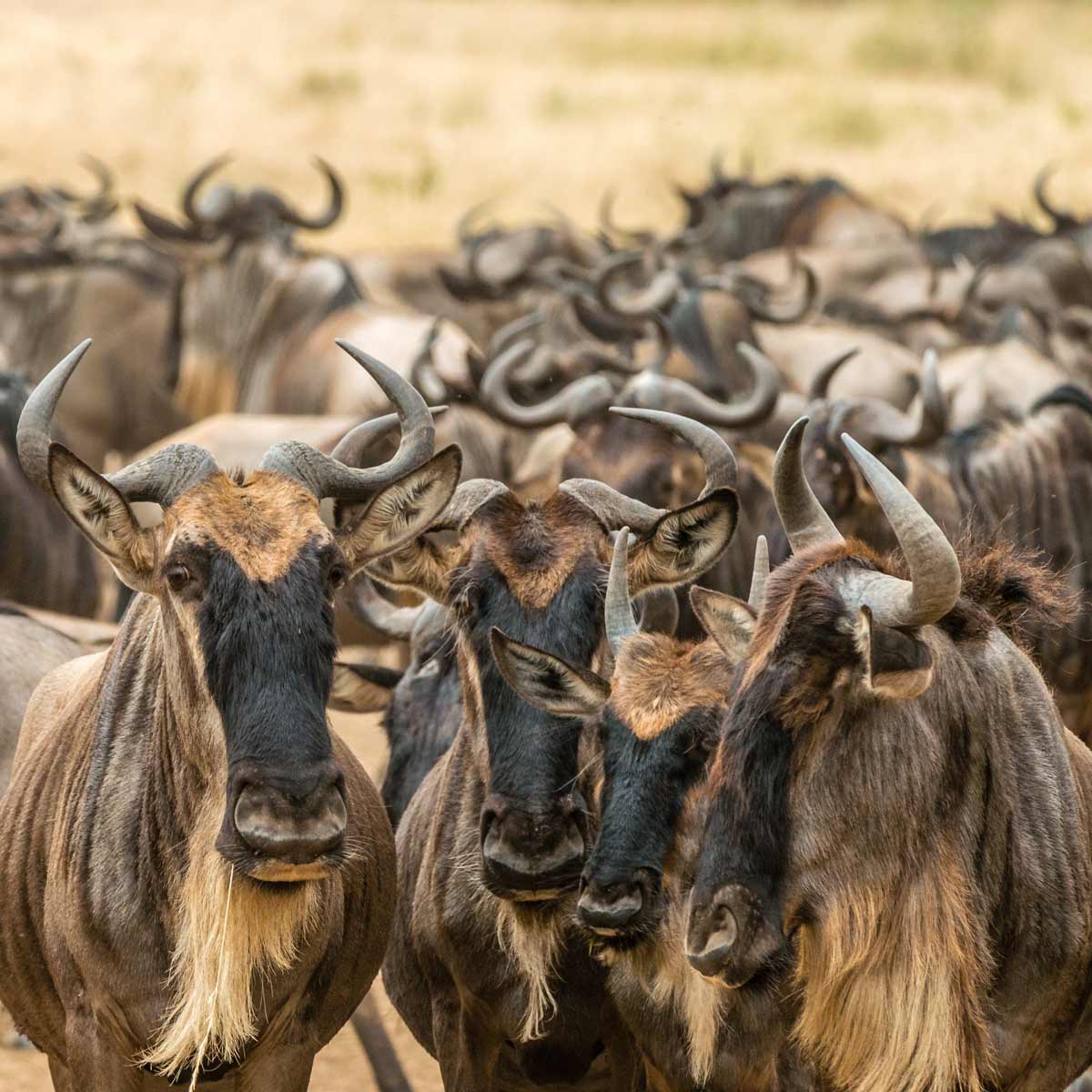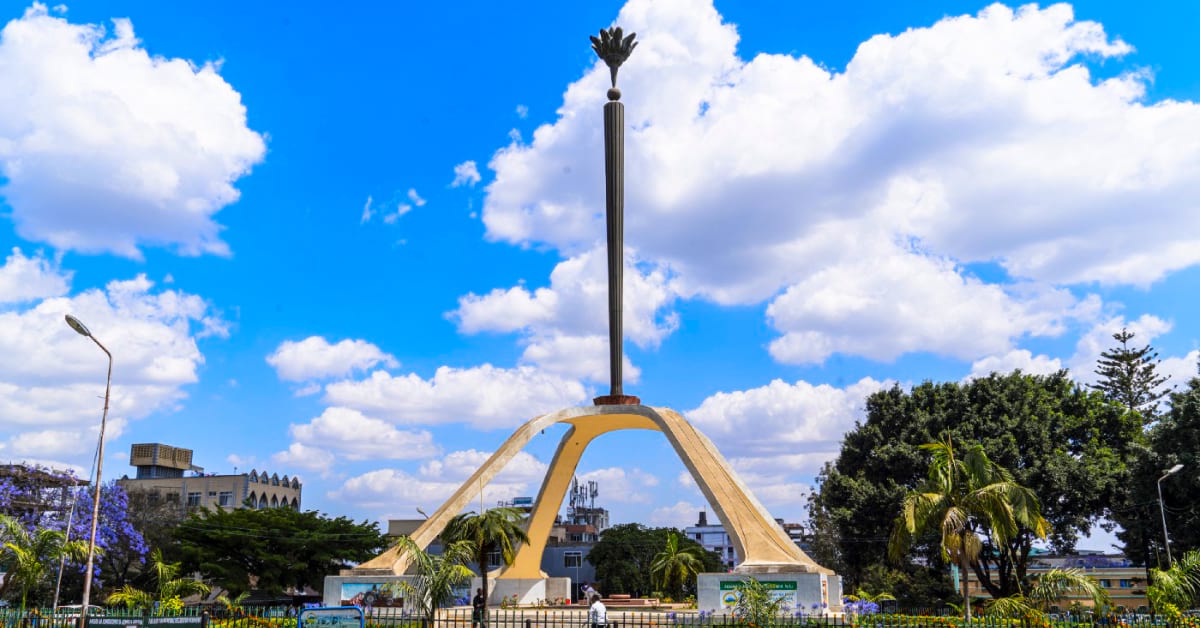Mount Kilimanjaro National Park, located in Tanzania, is home to the majestic and iconic Mount Kilimanjaro, Africa’s highest peak and the world’s tallest freestanding mountain. Encompassing an area of approximately 1,668 square kilometers, the park is a UNESCO World Heritage Site and a haven for adventure seekers and nature enthusiasts. Mount Kilimanjaro, standing at 5,895 meters (19,341 feet) above sea level, is a dormant stratovolcano with three distinct cones: Kibo, Mawenzi, and Shira. The park’s diverse ecosystems range from lush rainforests teeming with unique flora and fauna to alpine meadows and the snow-capped summit, creating a remarkable journey through various climatic zones.
The park attracts climbers from around the globe eager to undertake the challenging ascent to Uhuru Peak, the highest point on Kibo’s crater rim. Various routes, including the popular Machame and Marangu routes, cater to different skill levels and preferences. The trek offers breathtaking landscapes, and climbers traverse through ever-changing environments, from the montane forests inhabited by colobus monkeys to the otherworldly lunar landscape near the summit. With its natural beauty, diverse ecosystems, and the allure of conquering Africa’s highest summit, Mount Kilimanjaro National Park provides a captivating and unforgettable experience for those seeking adventure in Tanzania’s stunning wilderness.
The dry season offers moderate temperatures, especially at lower elevations, ensuring a comfortable trekking experience. The clear visibility allows climbers to marvel at the stunning landscapes, from the lush montane forests to the otherworldly alpine deserts near the summit. The absence of heavy precipitation and favorable trail conditions make this season ideal for those seeking a smoother and more scenic journey to the pinnacle of Africa. A dry season visit to Mount Kilimanjaro National Park ensures that adventurers can fully immerse themselves in the awe-inspiring landscapes and achieve the remarkable feat of standing atop the continent’s highest point.
During the heavy rain season, typically from March to May, presents a different yet captivating experience. While the trails are wetter, and rain showers are more frequent, the lush landscapes come alive with vibrant colors and an abundance of blooming flora. The heavy rain season transforms the mountain into a verdant paradise, creating a unique and picturesque backdrop for trekkers.
The short rain season typically occurs from November to December, provides a unique and enchanting experience. While rainfall is lighter compared to the heavy rain season, the mountain’s landscapes are rejuvenated, adorned with lush greenery and blooming vegetation. The short rain season offers a quieter and more serene trekking environment, with fewer climbers on the trails, allowing for a more intimate connection with the natural surroundings.
JAN
FEB
MAR
APR
MAY
JUN
JUL
AUG
SEP
OCT
NOV
DEC
Good
Best
Mixed
Popular experience in the Mount Kilimanjaro National Park









Popular experience in the Mount Kilimanjaro National Park
Popular experience in the Mount Kilimanjaro National Park










P.O Box 2112,
Arusha, Tanzania
T. +255 767 874 733
+255 764 874743
E. info@jackaladventures.com